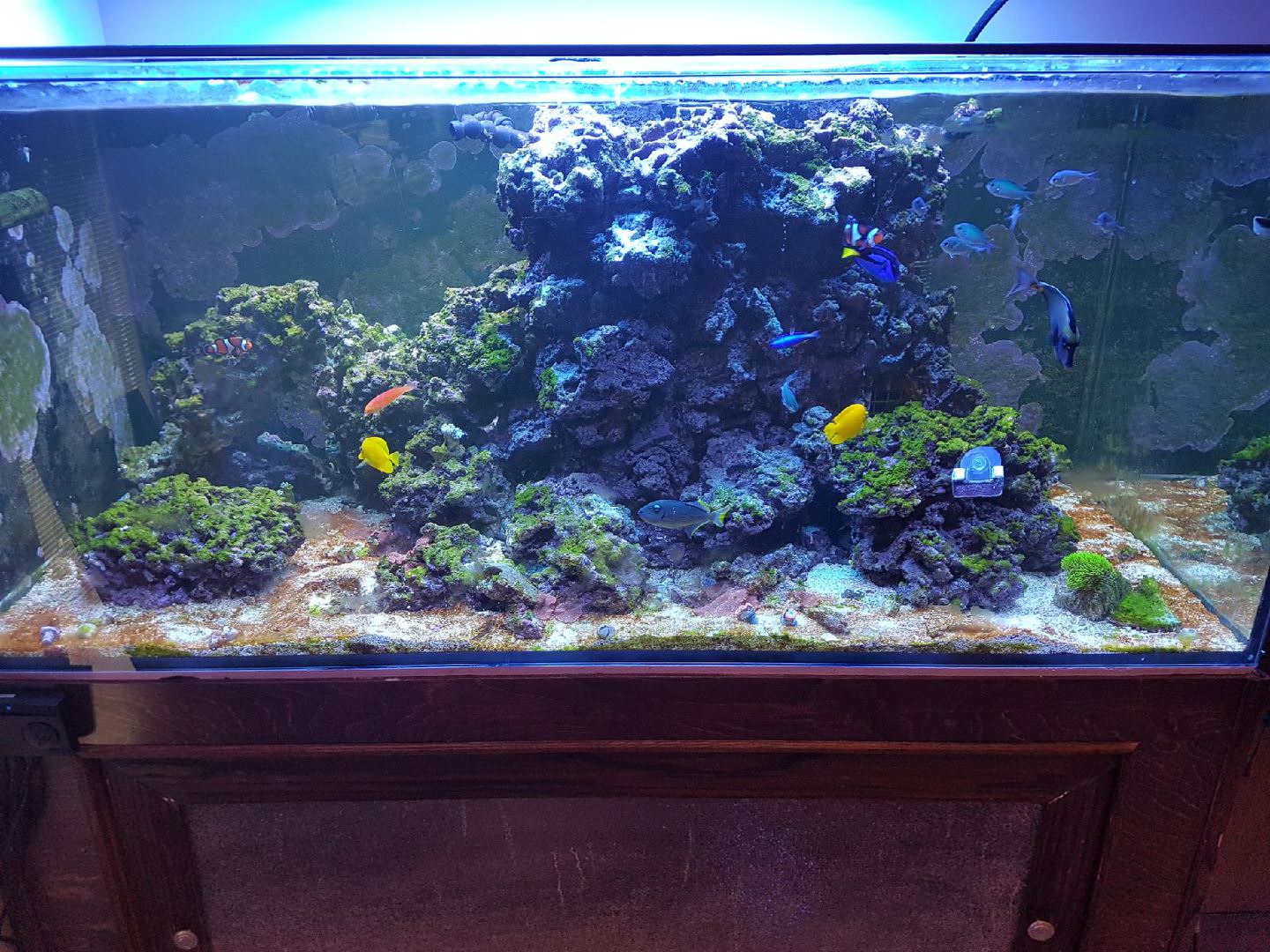no I think its ok but test a bit first. suction out a good hanfull of sand permanently out of the tank, if the cloud isn't just huge it'll be ok. expect possible a little algae or cyano due to the change of pace, predicted and not a prob we can deal with them directly if needed. its shallow enough I bet you are ok.
with that stack of rock the #1 thing Im sure of based on pics is you do not need that sand for nitrification, its not the breakpoint. a quarter of that much rock alone would do your whole tank. only the detritus is the risk here, if applic, not the loss of bac.
with that stack of rock the #1 thing Im sure of based on pics is you do not need that sand for nitrification, its not the breakpoint. a quarter of that much rock alone would do your whole tank. only the detritus is the risk here, if applic, not the loss of bac.



















